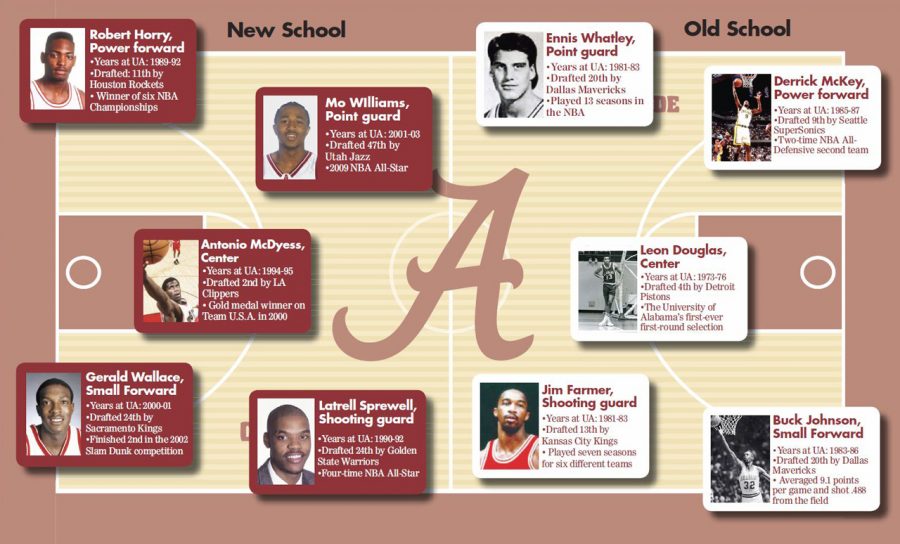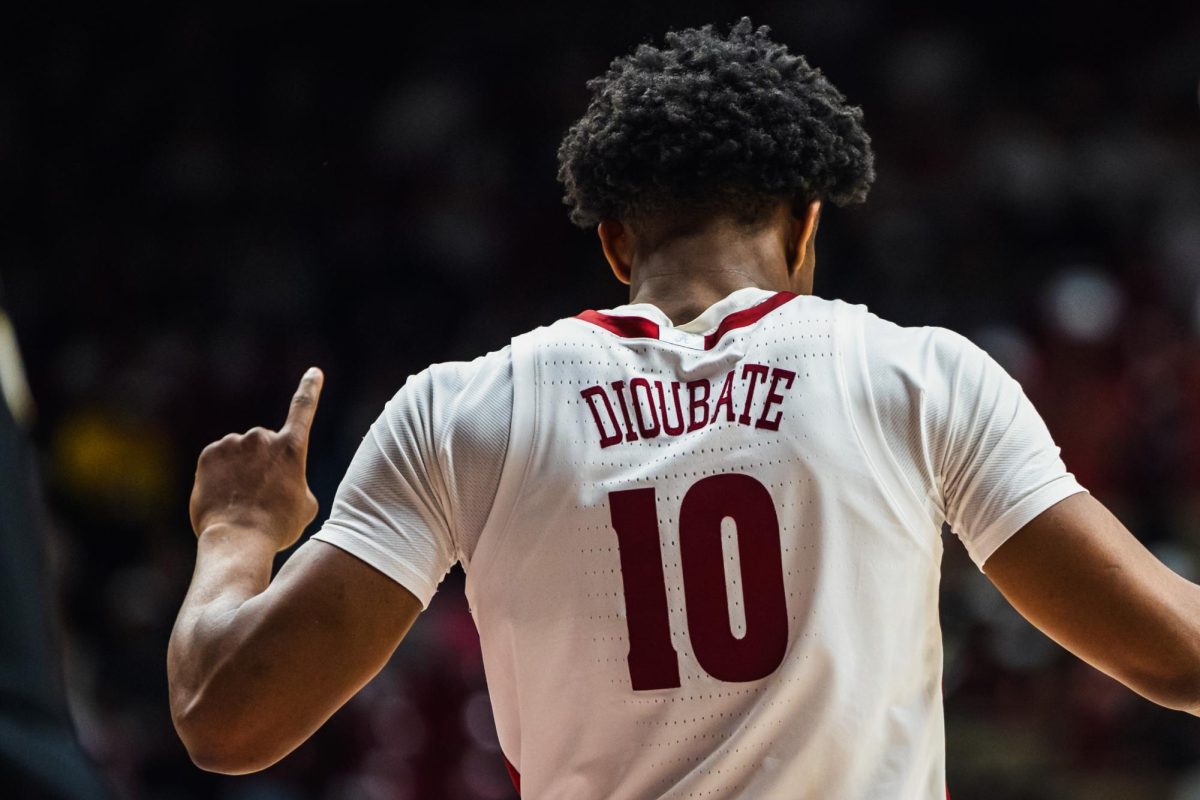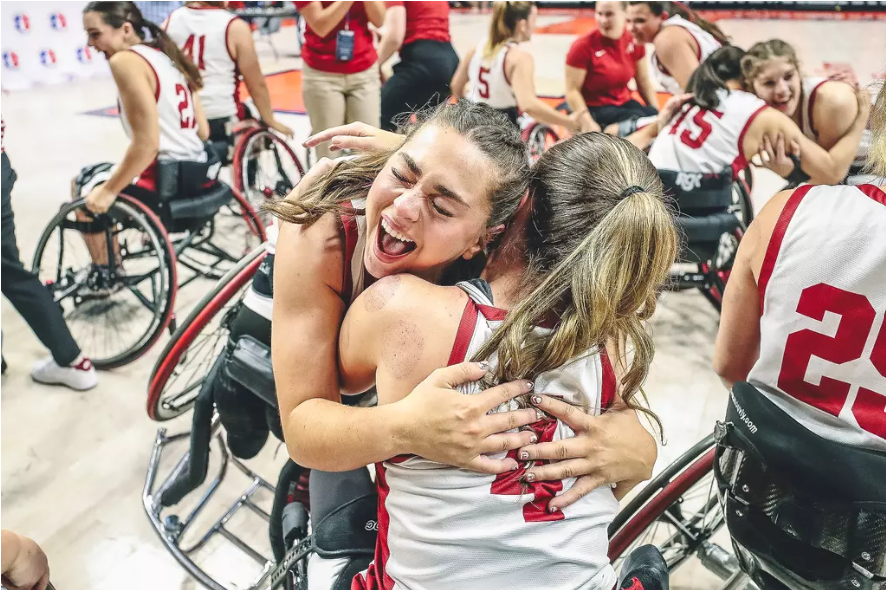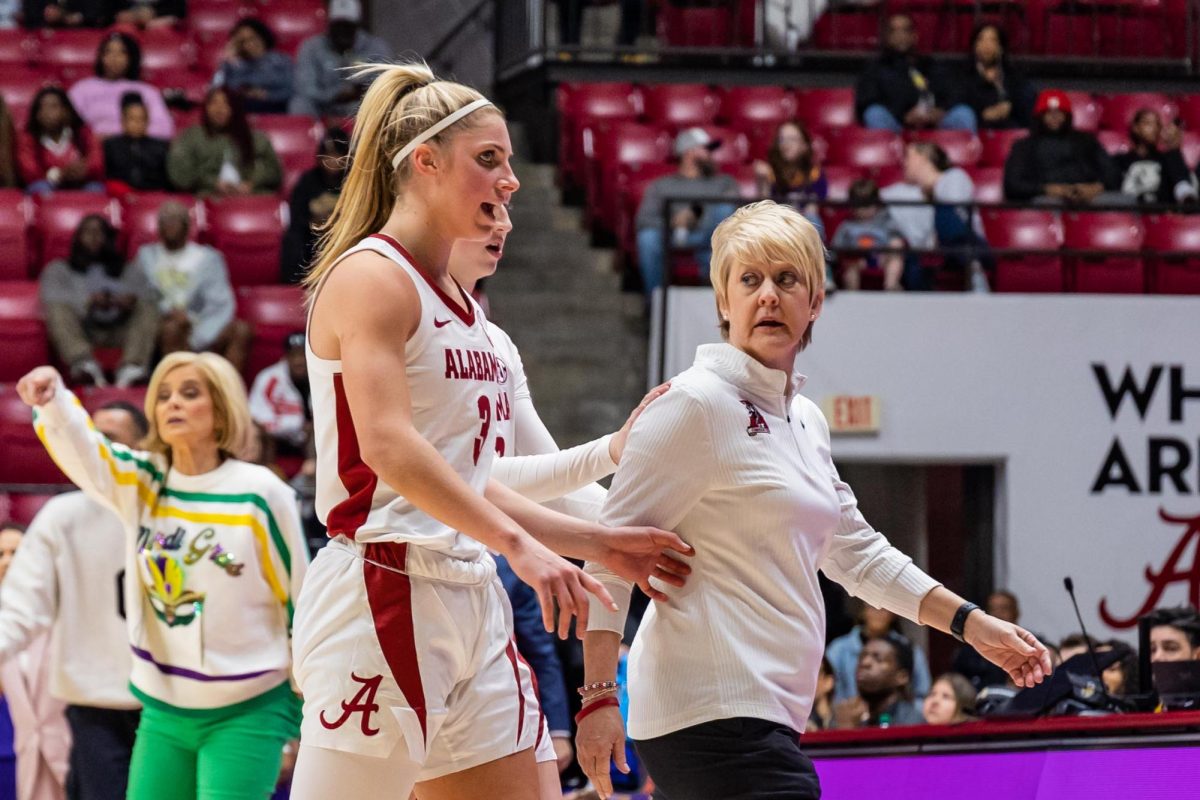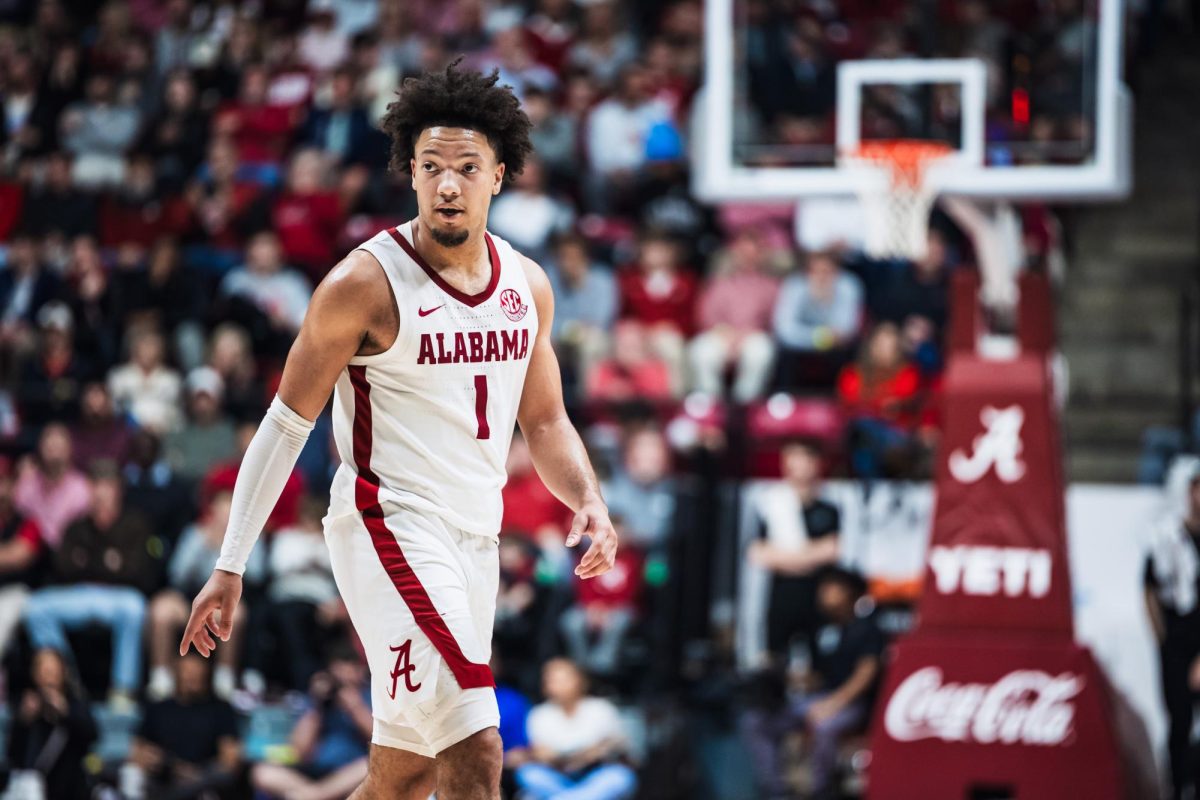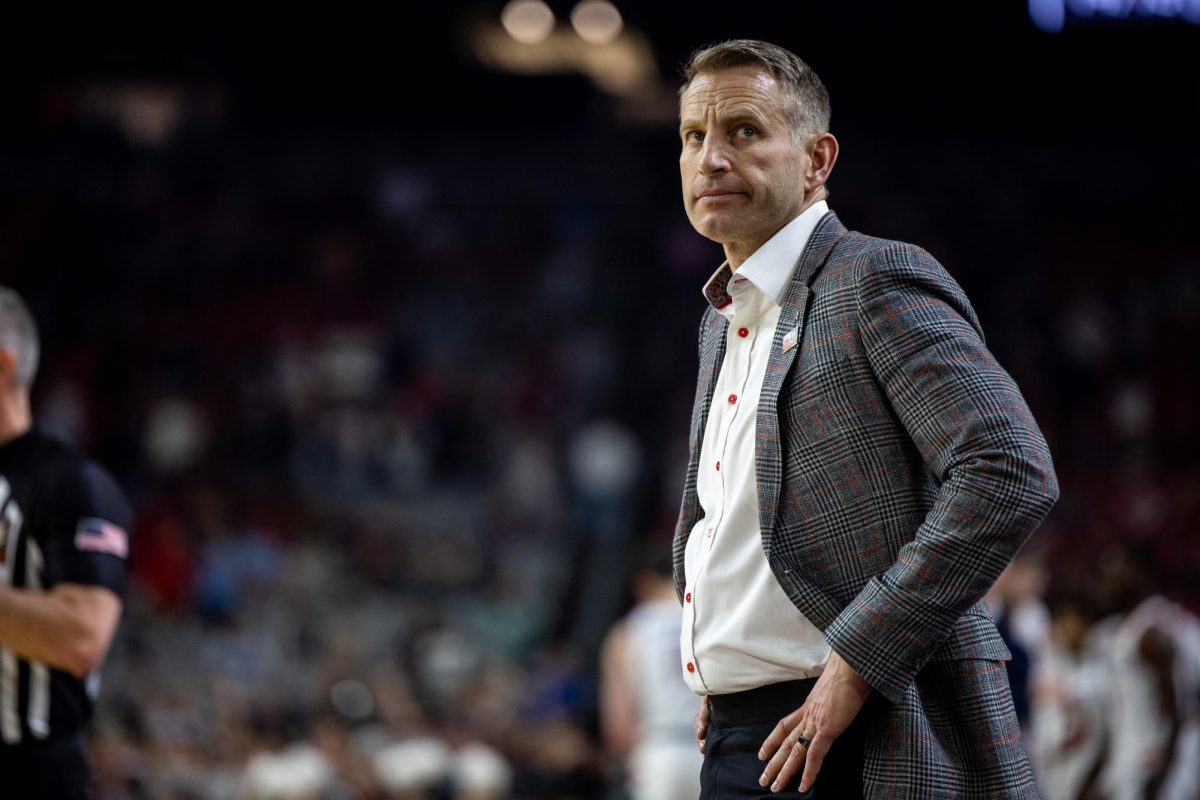Just like most sports at the University of Alabama, the men’s basketball team has a rich tradition and a storied history.
Since the 1970s, the Alabama men’s basketball team has been one of the top teams in the Southeastern Conference. In fact, Alabama trails only the Kentucky Wildcats in wins, SEC tournament titles and SEC regular season titles.
Former Alabama players have gone to the NBA and accounted for nine NBA Championships, six All-Star Game selections, six All-Defensive Team honors and countless other professional awards. But to truly understand the history of Alabama basketball, you have to think back a little more than 40 years.
It all started in 1968 when legendary football coach Paul “Bear” Bryant called Kentucky basketball coach Adolph Rupp looking for someone to help turn Alabama’s basketball program around. Rupp recommended C.M. Newton, and in 1969, Newton was hired.
In 12 seasons with the Tide, Newton led Alabama to a 211-113 record. During his tenure, he led the Tide to four NIT tournaments and two NCAA tournaments. Alabama won three consecutive SEC titles from 1974-1976 under Newton.
“It was a really great experience for me,” Newton said. “Coach Bryant was winning national championships in football and we were winning and getting national attention in the basketball program.”
Newton’s biggest accomplishment was integrating Alabama athletics. In 1969, Newton signed Wendell Hudson, making him Alabama’s first black scholarship athlete.
“Wendell was the key because if he doesn’t succeed then none of the rest of [integrating] happens, in my opinion,” Newton said. “It wouldn’t have happened in football or basketball without Wendell. He helped recruit black players for the basketball and the football team.”
Hudson said, “The world was a lot different in 1969, and four or five years before I was being recruited, there was the situation with Governor Wallace in front of Foster Auditorium trying to stop integration. At 18 years old, I didn’t think about it from a historical standpoint. I was just looking at it as a place to come play basketball, not to integrate Alabama athletics. It was a conscious decision by Coach Newton and his staff, but at the end of the day it was about playing basketball and winning.”
In 1981, Newton left the Tide to become assistant commissioner of the SEC, leaving Winfrey “Wimp” Sanderson to coach the team. With Newton laying the foundation, Sanderson took the program to another level, winning four SEC titles. He led the Tide to one NIT tournament and 10 NCAA tournaments, including six trips to the Sweet 16.
Sanderson was also a master recruiter, landing players such as Robert Horry, Derrick McKey and Latrell Sprewell. He finished his career with a 276-119 record before off-the-court issues forced him to retire.
After Sanderson, David Hobbs was asked to step in and coach the team. He continued the team’s winning ways, leading them to three NCAA tournament berths and recruited stars like Antonio McDyess.
Mark Gottfried was next in line to be the headman for the Tide. During his time as head coach, he led Alabama to three NIT tournaments and five NCAA tournaments, making it all the way to the Elite Eight in the 2003-04 seasons.
Gottfried recruited players like Richard Hendrix and Ronald Steele. Steele showed promise early in his career, but after multiple knee injuries he could no longer contribute like he did his first couple seasons at the University. Gottfried resigned midway through the 2008-09 season.
With Gottfried leaving, Alabama’s athletic director needed a big-name hire, so the program went out and got head coach Anthony Grant from Virginia Commonwealth. Grant has been the head coach since 2009 and has shown a lot of promise in his short tenure at the Capstone. In just his second season, Grant has the Tide back near the top of the SEC again, something that has been lost the last few years.
Despite having success early in his career, Grant has stayed humbled and thankful to those who came before him.
“One of the big reasons I was attracted here was because of the history and tradition of Alabama basketball,” Grant said. “It has a rich history, and if you go back to the days of C.M. Newton and Wimp Sanderson, they had a lot of great players, great teams and a lot of history here. There is definitely a passion for basketball here, and you can see that through the number of sellouts and the support the people have showed us this year.”
Grant also said he looks forward to the challenge of continuing to build the program.
“We have seen the passion that people have for basketball here,” Grant said. “I am excited about having the opportunity to build our program. I think we have laid somewhat of a foundation with what we have been able to accomplish this year. Now we just have to continue to work to build the program.”



